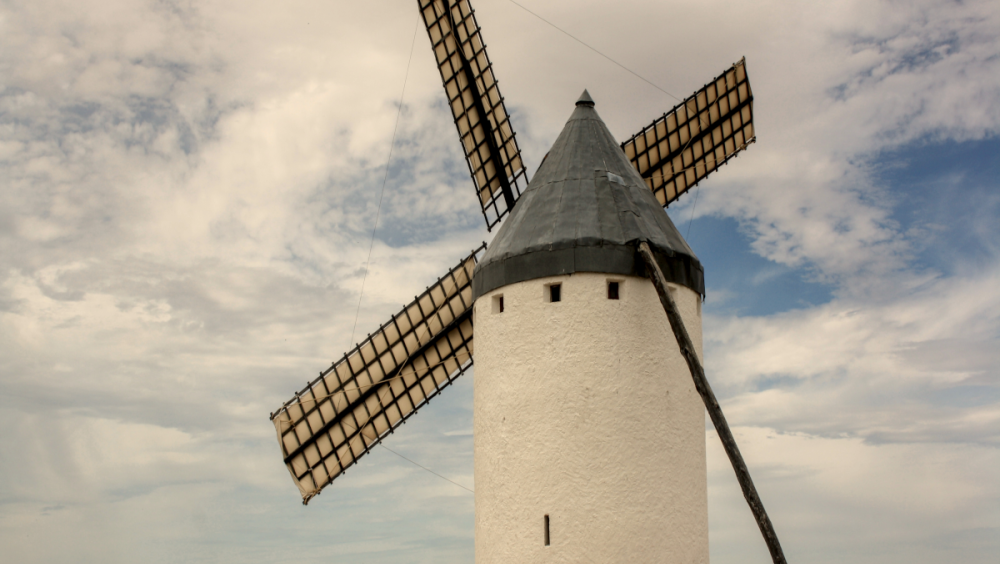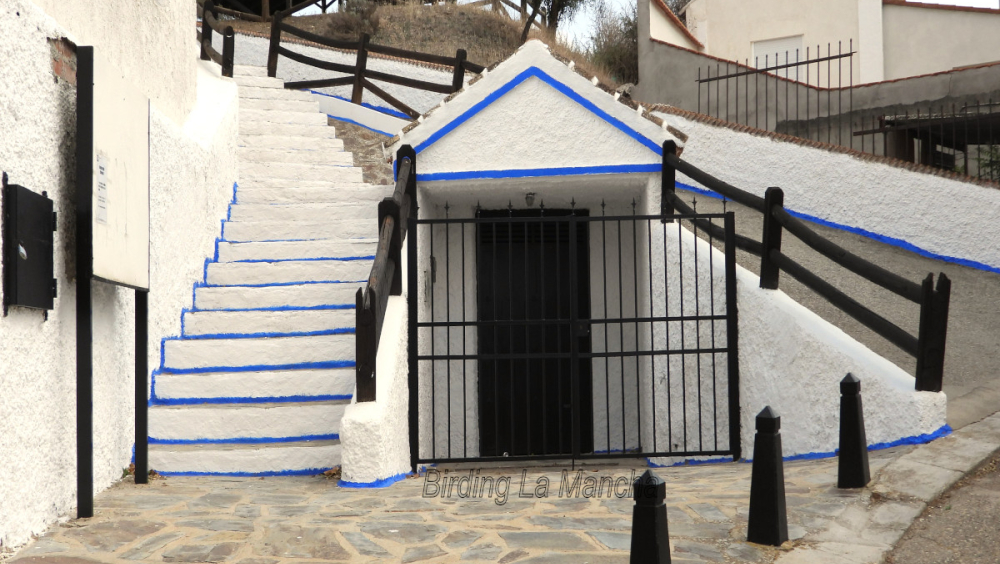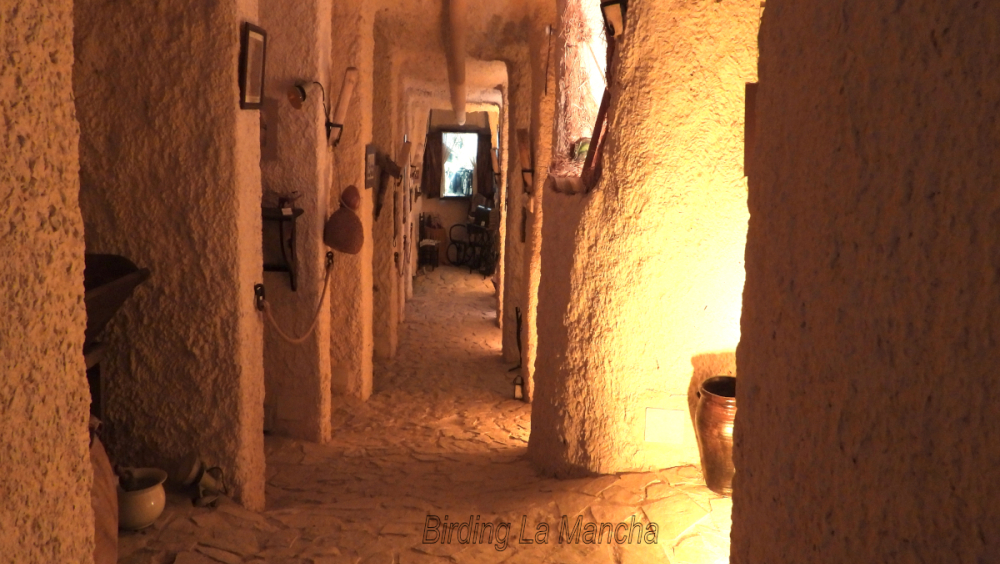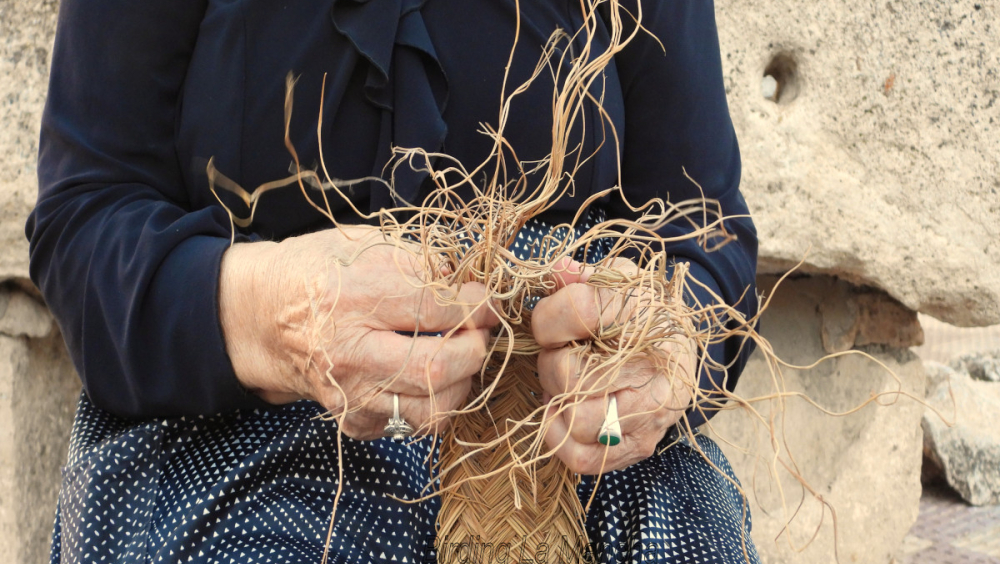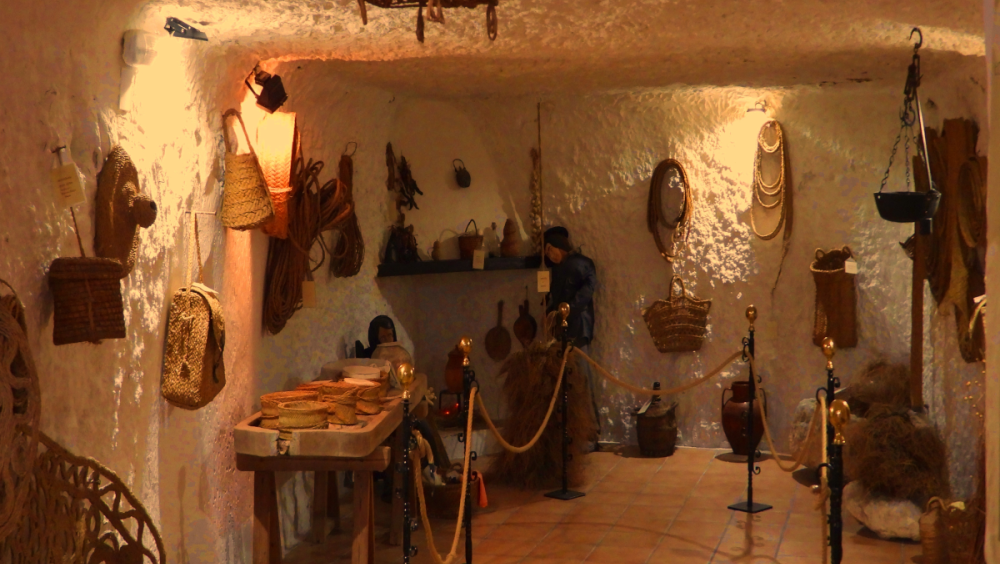El Romeral, the cradle of the Esparto culture in the region of Toledo
The proposed tourist route could become an example of good practice for other European communities. In this sense, it is important to emphasise that El Romeral not only wants to preserve its cultural and natural heritage, but also to promote a model of sustainable and responsible tourism that can inspire other towns in Europe.
The proposed tourist route not only focuses on visiting historical sites, but also integrates regenerative tourism workshops that promote active community participation and environmental conservation.
El Romeral will be positioned as a reference in the promotion of culturally enriching tourism, respectful of the environment and committed to the participation of the local community.
The writings that refer to El Romeral from the XVI century onwards present us with a poor people and rather scarce resources. As a result, the relations with Felipe II, the questionnaire of the Marquis of Ensenada or the descriptions of Cardinal Lorenzana already indicate the importance of the culture of the esparto as a means of employment for women and an important economic complement. These chronicles tell us that the inhabitants of El Romeral went with their esparto products to sell them in the cities of Castilla la Vieja, Valladolid, Burgos, Ávila and other cities witnessed the passage of street traders from El Romeral with their esparto products.
The penetration of the vulcanised marked the death of the industry associated with esparto. El Romeral underwent a great migration, from having more than 3,000inhabitants to the current 500.
El Romeral is aware of its roots and of its responsibility to transmit and preserve them, and in 2001 it opened the Esparto Cultural Museum in an old "silo" (the name given to the caves where people used to live).
On the other hand, the sculpture by D. Luis Martín de Vidales occupies a privileged place in the town, the Monument to the Pleitera Woman, that pays tribute to the work of women with esparto.
These monuments are joined by others that form part of the rich heritage of this town, nowadays in constant effort against ageing and population loss. It is worth mentioning our Crestería Manchega (Crest Windmills), it formed by 4windmills Cervantinos, among which is the Mill Pechuga, still in operation, it is one of the only three Cervantinos mills that preserve its original machinery throughout Spain; the Ethnographic Museum of El Romeral is another unique place in the town, located inside an old cellar-cave that houses utensils used in the daily life of our ancestors.
In order to highlight the material and immaterial heritage that the town treasures, we have designed a 3hours route that starts at the Pechuga windmill, where visitors accompanied by a guide will be able to access its interior and know the machinery and operation of a giant, then we will go to the Ethnographic Museum. Then we will go to the Ethnographic Museum, where we will go into the depths of the earth to discover disappeared trades, useful objects and tools of our ancestors, and we will end the itinerary at the Museum of the Culture of Esparto, where we will understand the importance of this artistic manifestation, declared Intangible Heritage of Humanity, and its link with the history of the municipality.
Finally, we will head to the place known as the Hermitage and Spring Water of San Isidro, an area of great biodiversity and environmental wealth, where we will carry out different workshops for the construction of insect hotels with reusable materials, bird nests made of esparto and other activities, with the aim that the visits leave a positive imprint on the place and contribute to its transition as an environmental space that combines biodiversity, art and craftsmanship.
The guided tours are designed to introduce the public to the cultural and natural wealth of El Romeral, but also to promote heritage education and the active participation of the community in the conservation and enjoyment of the town's historical heritage.
These activities are an opportunity to discover the cultural treasures of El Romeral, but also to raise awareness of the importance of preserving the heritage for future generations. By involving educational centres in the guided tours, the door is opened to an enriching experience for students and teachers, allowing them to learn in a practical way about the history, traditions and values that characterise El Romeral.
This initiative helps to strengthen the bond between the local community and its heritage, but also promotes values such as diversity, gender equality and respect for the environment among new generations. Guided tours during the European Heritage Days in El Romeral are a unique opportunity to promote heritage education, community involvement and environmental commitment, in line with the basic principle of the European Heritage Days and helping to strengthen the link between the local community and its valuable cultural and natural heritage.
The planned transformation of the San Isidro spring-water and hermitage into an open-air museum that combines art, craft and nature is an innovative and attractive proposal. This integrated approach aims not only to preserve the natural environment, but also to enrich it culturally, creating a unique space where human creativity blends harmoniously with the natural beauty of the place.
By offering visitors a multi-sensory experience that combines the contemplation of works of art and craftsmanship with direct contact with nature. This approach not only promotes the appreciation of local arts and crafts, but also raises awareness of the importance of preserving the environment and encourages culturally enriching and sustainable tourism.
As of today, the guided visit to the Heritage Complex of El Romeral is already a permanent activity, to which we intend to add, in a permanent and stable way, the visit and workshops at the Spring-water and the Hermitage of San Isidro, integrated in the local tourist offer for schools, educational centres and groups. For an effective dissemination and promotion of the project, we need:
- Design of an informative brochure on the main attractions of El Romeral and the importance of Esparto culture in the municipality, in Spanish, English and French.
- Creation of a website dedicated. This website will serve as a permanent information point to promote the activities of the European Heritage Days and other events of interest.
- Recording a promotional video about the activity in English and Spanish.
BUDGET:
*Contract 3guides for a group of up to 50students for 10working days
*Materials for 10workshops
*Design and printing of 2,000brochures in Spanish, English and French
*Recording and editing of a promotional video of 3-5minutes
Activities content creation for the brochure, distribution in the media and social media, content, design and creation of the activity website, with own means and resources.
Phone:+34653115800
Mail:oficinaturismoelromeral@gmailcom
The proposed tourist route could become an example of good practice for other European communities. In this sense, it is important to emphasise that El Romeral not only wants to preserve its cultural and natural heritage, but also to promote a model of sustainable and responsible tourism that can inspire other towns in Europe.
The proposed tourist route not only focuses on visiting historical sites, but also integrates regenerative tourism workshops that promote active community participation and environmental conservation. El Romeral will be positioned as a reference in the promotion of culturally enriching tourism, respectful of the environment and committed to the participation of the local community.
The integration of creative and educational activities along the tourist route not only enriches the visitor experience, but also helps to strengthen the links between heritage, culture and sustainability. It should be noted that this project can serve as a replicable model for other Europan communities, demonstrating the importance of sharing good practices and successful experiences in the field of heritage tourism. El Romeral's innovative and sustainable approach not only benefits the local area, but can also inspire other regions to adopt similar strategies to preserve their heritage and promote responsible tourism.
In short, the potential of this project to positively influence the development of sustainable and culturally enriching tourism practices at an international level makes El Romeral an inspiring example for other European communities seeking to promote responsible tourism that respects their heritage.
